Another Dream Come True, The Wan’an Bridge
Sunday, February 06, 2011
 Pingnan, Fujian, China
Pingnan, Fujian, China
Hey Hey and a Big G'Day toya,
It’s been many a year coming.
But another dream here in China has finally come true.
When I first moved to Fujian Province at the end of 2006 and began my 2007 'Winter Beers N Noodles Adventure’ I began to check out more of what Fujian had to offer and being one of the least travelled parts of China (besides one or two cities on the coast) I was actually surprised at how much it actually had to offer. Over the years and after moving to Shaanxi Province for two years I couldn’t help but move back here to what has become my favourite province in China. Not only does it offer inland untamed mountains, along with the more touristy coastal seafood delights but somewhere in between there is a plethora of ‘unknowns’ to see and experience and most of which are found in areas that were populated around five thousand years ago.
I honestly get confused when foreigners choose to tread the Yangshuo to Beijing trail.
Provinces such as Guizhou, Fujian, Guangdong and Anhui are always overlooked.
Yet unquestionably they offer so much more about China’s history and culture.
Today I woke with that unexplainable feeling one has when they have when they actually know, without doubt that a dream is about to come true and as I raced downstairs to head across to the bus station the two young girls at the reception desk pretty much forbid me to leave until they said ‘Where do you want to visit and can we help you’ which was the extent of their English. I told them where I wanted to visit and with the help of their Chinese Pingnan Area map, my pen and a blank sheet of paper we soon had a map drawn up of my sites in both English and Chinese.
After that I was happily allowed to leave.
Not without a heartily thank you to both for caring so much.
The one thing I found and have found over many years is that the Chinese really do have no idea about how long it takes to get from point A to B. I rocked up to the bus station ready for what I was told was a one and a half hour journey (once we got going that is) but to get from Pingnan to Wan’an or Long Bridge Village takes only twenty minutes. Prior to the bus leaving and as I was on my twenty meter journey to my bus a group of young Chinese asked me where I wanted to go and after I told them they all suddenly disappeared leaving one behind to tell me that everything was ok and to stay put. I tried to explain that was my bus was ‘just over there’ and as it was filling I boarded to make sure that I had a seat.
God or Buddha or whomever should love them as after twenty minutes I had many hands passing me both had written and typed messages of how to get to Wan’an (Long Bridge Village) and what time the last bus left to return to Pingnan.
After feeling deeply honored for their time I thanked them and forty minutes later (with them gathered around the bus making sure I was ok) my bus left for what I thought was an hour and a half’s journey. So with Rage Against the Machine cranked off we went and surprise to me only five songs into my journey the bus lady told me that I was at Wan’an Village. A little bewildered I left the bus and for the next two hours zig zagged my way through out the village trying to leave the bridge to last (obviously it was down the hill where the river was). But after several of the locals noticed me on many occasions wandering around I guess they thought I was lost so with their guidance I was shown my way to the thousand year old Wan’an Bridge.
Which from first sight, more than met my expectations!
When only half way across the bridge I was met by a local girl who thankfully didn’t ask me how I was and in return tell she was fine thank you, but instead asked me if she could take me on a tour of her home village. During our walks she called one of her friend’s who’s English was much better than hers and soon I found myself at her friend’s home eating a local village lunch with her mother and younger brother in one of the large earthen homes found throughout southern China.
On offer were both chicken and ducks feet, dried salted pork and beef, tender chicken along with an assortment of vegetables, but my favourite was the sweet soup that came with two huge duck eggs.
After a late afternoon lunch and my huge hearted thank you’s to the family we made our way back into the tiny lane ways. I was hoping to spend my last hour getting lost taking photos but we were soon on the main road where the next bus was flagged down for my return to Pingnan. It seemed that not even the locals knew when the last bus was so after an unseen gathering of locals it was decided that it was best that I return now to the comforts of my hotel for the night.
I tried to explain that it only took half an hour to get here and that I could walk back.
But the consensus was that I was a foreigner and that they would have nothing of me walking home and soon my bus fare was paid and with the rest of Rage Against The Machine in ear I was waving good bye to yet another family that I have no words to know how to describe.
Honestly, I don’t EVER go to these places expecting such honors.
Such things though always seem to find me and I am bewildered that they do when they oversee so many others. Those that know me know that I am happy to walk four to eight hours each day. Arriving in such a place and taking a few pictures of a bridge and then leaving for the next destination on a tour gives you no feel or understanding of the village and their culture. It’s not until after you have spent many hours walking lost and seeing the doors, windows and broken down floors, walls and ceilings that you can ever actually get some understanding of the life the villagers actually live.
Another amazing day in the life of Eddakath!
As I always do here in China I felt totally safe and cared for.
Which is why China is one of, if not the safest country for a foreigner to travel.
Pingnan’s Ancient Covered Wooden Bridges
Here in Pingnan it is said that bridges are not just for crossing rivers!
In September 2009 the fifteen remaining bridges were finally recognised by UNESCO as an intangible cultural heritage and measuring almost one hundred meters in length the thousand year old Wan’an Bridge is not only the oldest but also the longest wooden bridge in the country
The Wan’an bridge along with all the other remaining bridges still play a significant role in village life and each day the villagers still cross them with farming tools in hand to carry out their normal day to day farming life. When not working the fields and while their buffaloes chew grass on the river banks the locals can be found relaxing and playing chess on the bridges and on humid summer nights many villagers continue to sleep on the bridges in the comforts of the cool breeze attracted by the river below. Here in the Mindong region of Fujian the bridges are often connected with religion and there is a local saying; ‘where there is a bridge can be found a temple’ which is usually found at one end of the bridge.
The temple will normally be a Buddhist or Taoist Temple.
Many locals choose to continue to worship gods originating from their local folktales.
In a temple found next to the Wan'an Bridge and just like in many parts of Ningde, can be found a statue of the Monkey King, which is the main character from the classical Chinese novel ‘Journey to the West.’ Upon some bridges there can still be found shrines but most of these have now been moved to a more ‘safe place’ as throughout their history many of the bridges been destroyed due to incense, the most recent fire being in June 2006 when Baixiang Bridge, which dated back to the Song Dynasty (960-1279) was destroyed.
Built without a single piece of metal, one of these bridges takes a long time to build.
The ancient Chinese believed gods exist everywhere in nature, so before they cut down trees to build their bridges they would offer sacrifices to the gods of the mountain. Secondly a Feng Shui master would then choose the location for the bridge as it is believed that that bridges built upstream of a settlement help repel evil and those built downstream will help accumulate wealth.
Construction usually started/starts in autumn when water levels are low.
Upon completion a ceremony was held during which the workers and villages united and danced while singing their local folk songs. After the ceremony, a local villager whom was recognised for having good luck was asked to cross the bridge first in order to bring good fortune to everyone. The worker in charge of construction is called ‘main rope’ while his assistant is known as the ‘assisting rope’ and they are the only workers to have their names printed on the bridge's main beam.
One of the county’s most famous ‘main ropes’ is seventy four year old Huang Chuncai. Huang was the youngest trained and skilled ‘main rope’ in Pingnan.
Both his father and grandfather were ‘main ropes’ and his father passed on his skills when Huang Chuncai was only fifteen and he went on to become a ‘main rope’ in his early twenties. Huang built his last bridge in 1969 as after that wooden bridges were gradually replaced by concrete ones. In 2005, Huang was brought out of retirement when the local government relocated a wooden bridge built in the Qing Dynasty (1644) and since then he has been engaged in various renovation projects. From my understanding, in history ‘main rope’ skills could only be passed down to the males of each family and as I visit the Pingnan area Huang is continuing to pass down his skills to his two sons.
Thankfully also, due to its dying art he is keen to move with the times and is happy to teach anyone who is willing to learn the trade.
Beers N Noodles toya…..shane
___________________________________________________________
The soundtrack to this entry was by Creedence Clearwater Revival
The album was ‘The Anniversary Edition’
____________________________________________________________
Other Entries

 Pingnan, Fujian, China
Pingnan, Fujian, China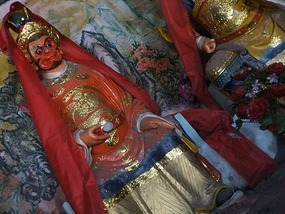
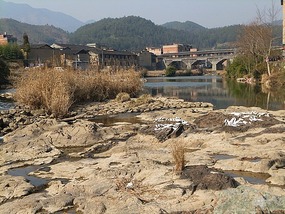
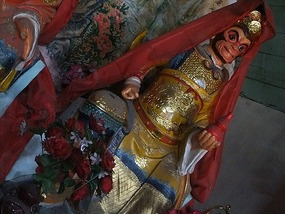
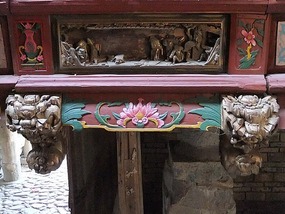
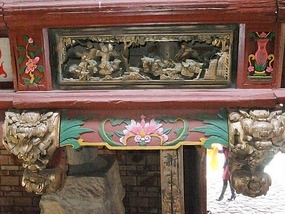



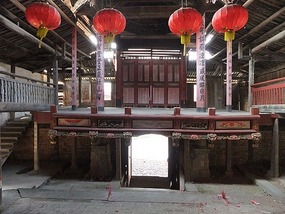
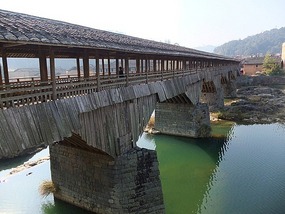
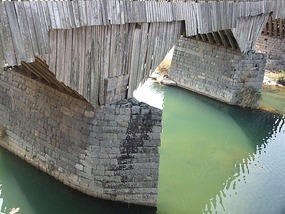



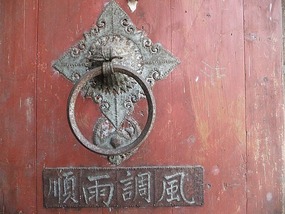
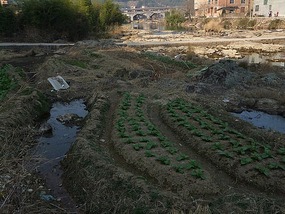
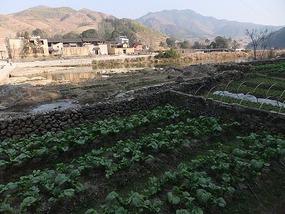
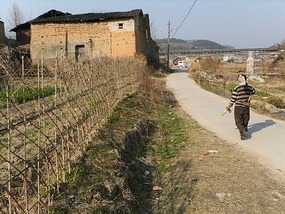


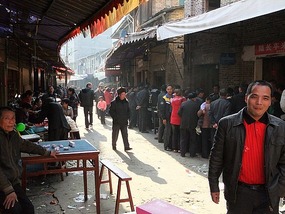


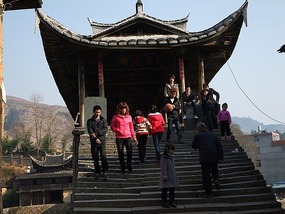
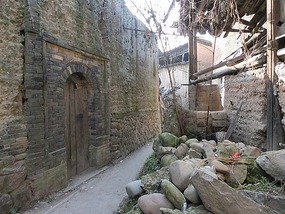
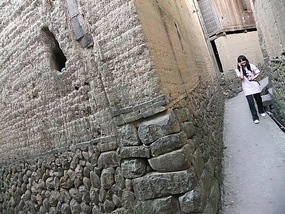
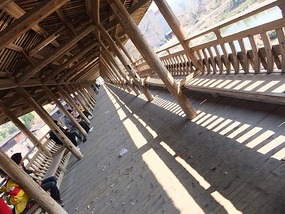
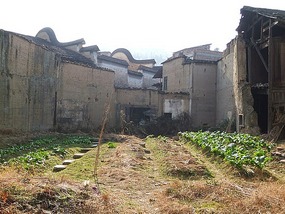

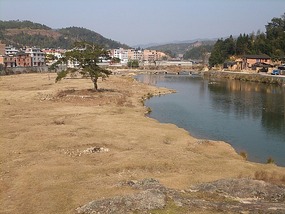
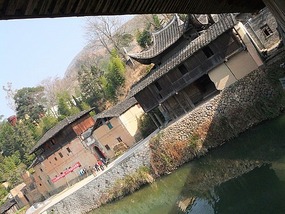

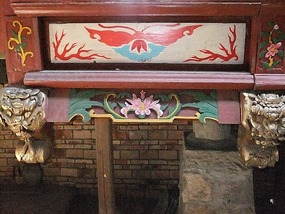
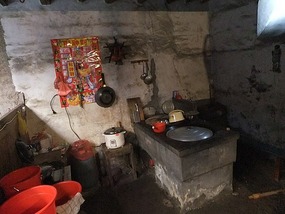

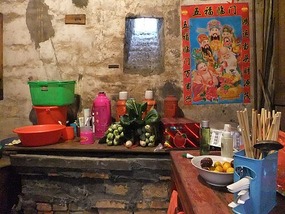
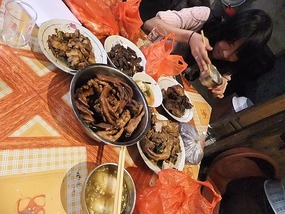

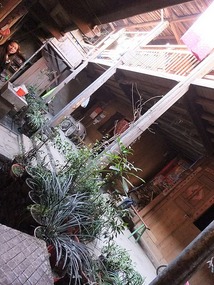
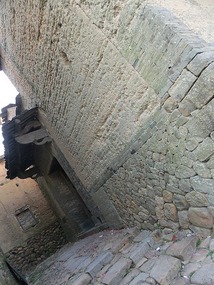

2025-05-22